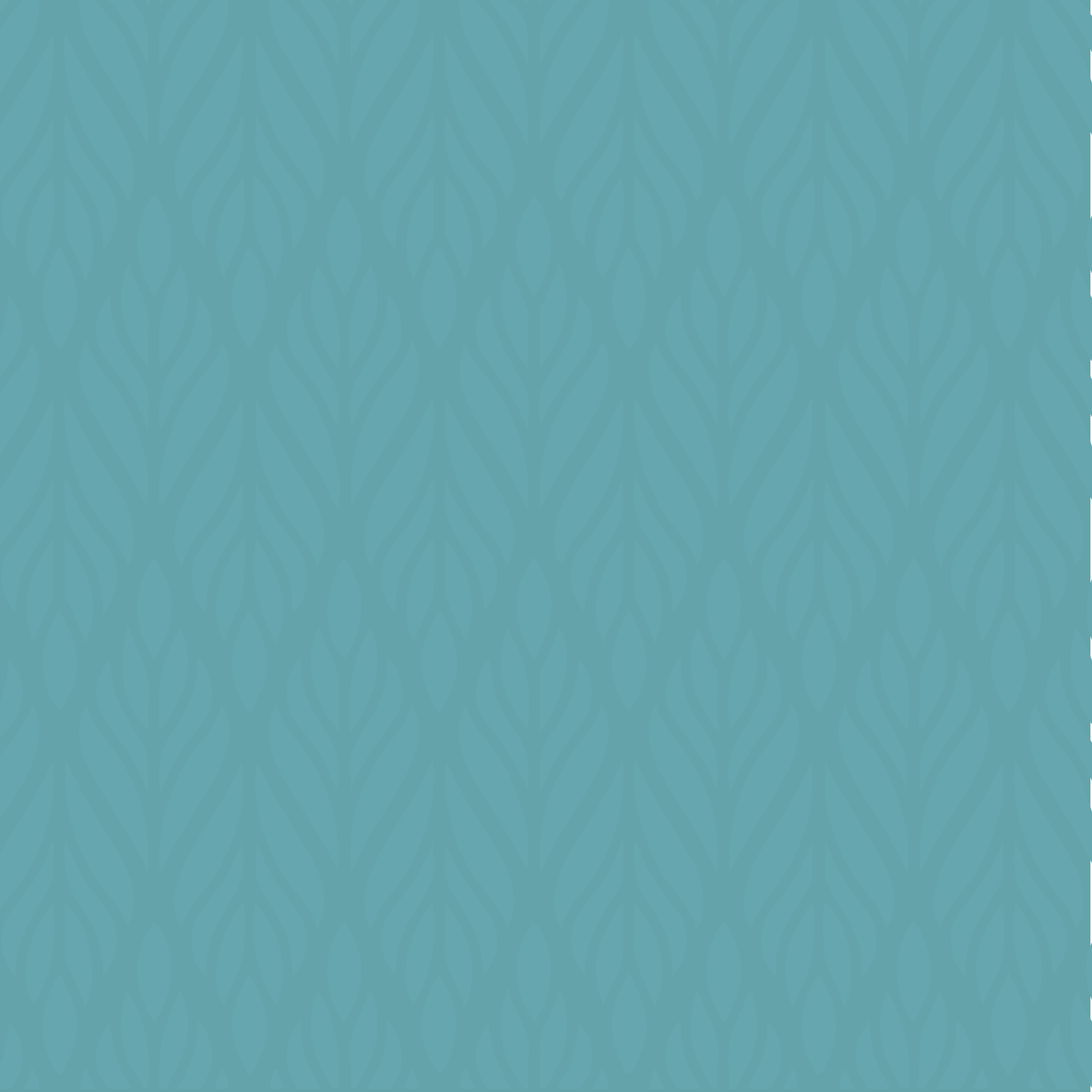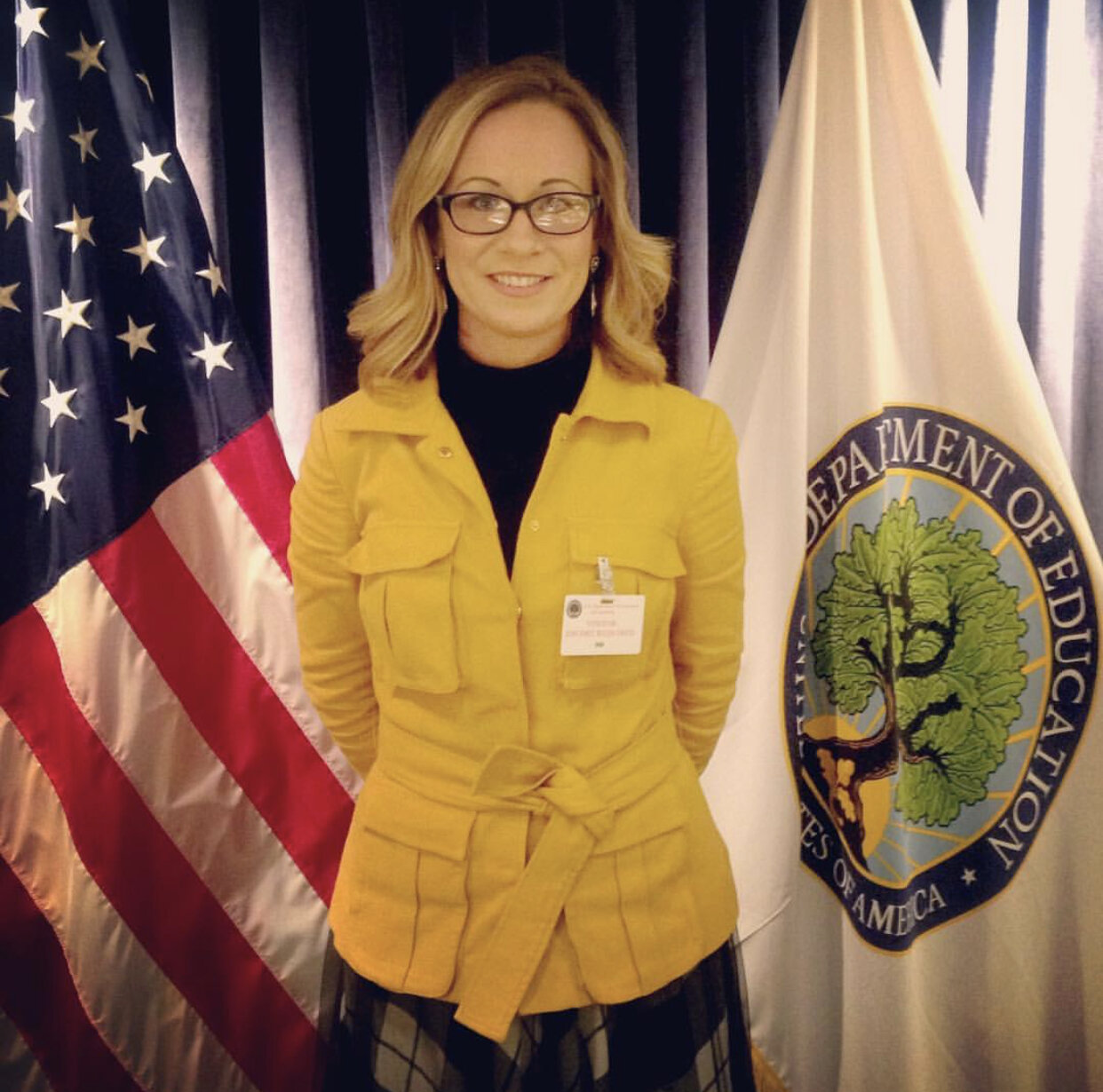
Advocate. Ally. Visionary. Reformer.
Giving all voices a seat at the table
As a developer, classroom instructor, and coordinator of the award winning Language Institute I have witnessed the barriers immigrant families face firsthand. Over time I realized just how many of those obstacles were outside of the scope of my job description as a classroom educator, but of equal importance to the social-emotional and academic success of all newcomers in our communities. Then I reflected on all of the students over time, immigrant and native born alike, whose needs we ignored. Culturally responsive policies, practices and procedures, in combination with a culturally competent staff, are the most effective ways to support and engage traditionally under-represented and under-served communities along their journey toward self-reliance, democratic participation, and meaningful contributions to our nation.
My Vision
A nation full of diverse communities where every voice is heard, every experience is valued, and the national belief that “all men are created equal” is witnessed in action.
My Mission
My mission is to empower people who want to improve cultural competency, develop skills to overcome racism, and to foster equity and inclusion within them-self, their institution, and their community.
My Values
Inspired by my experience, education, observation, and commitment to social justice I have affirmed the following values:
Educate: True freedom is born from self-reliance, which is rooted in meaningful lifelong education.
Empower: Diversity is not truly embraced until each unique individual feels comfortable in their skin and confident telling their story.
Engage: When those in power recognize and include those without it institutions, communities, and lives are changed for the better.
Envision: A community, a nation, a world in which friendship releases us from fear, communication leads to understanding, and empathy delivers solutions to problems new and old alike.
2004
As a new teacher I was assigned the English learner sections of World History. In those classes I had students who’d been in the United States their entire lives and had no idea why they were labeled and EL mixed with students who’d arrived days before at the beginning stages of learning English. In this format no one was set up for success; not the teacher, students, or the community at large.
At the same time I also taught classes of native English speakers, allegedly levelized into the “basic” track due their history of academic success. Within weeks of getting to know these students it became clear that the bar was being set very low, and with support and guidance- they too had the potential for greatness.
Working within the system to attempt to address these injustices became my passion. Quickly I realized a teacher alone can’t ensure equitable outcomes for each unique student. From district level policy to the culture of a staff meeting, from wrap-around services to allocation of limited resources- one thing is for certain, our most at-promise students’ were not being considered.
2009
After serving as a teacher representative on an English learner task force, the Language Institute was born- serving newcomer 9-12 students from around the world. In an attempt to meet their unique academic, linguistic, cultural, and social-emotional needs we consolidated them to one campus in an effort to provide targeted and specific services to this small subset of the English learner demographic. While that inaugural year taught us there was so much we did not know and had not anticipated about truly meeting these students’ needs, our commitment to reflect and retool was anchored in our bond with these amazing students and our deep belief in their potential. Meaningful literacy was their lifeline to creating and achieving their American Dream and we were dedicated to designing a program that would provide them that pathway.

2013
Fast forward a few years and the changes we had made to curriculum, pedagogy, policy, and a focus on the whole child were starting to pay off. In 2013 we celebrated the “Fab Five”, our first graduates who were able to go directly to a four year university. Impressive considering all five had entered the United States just a few years prior knowing little to no English. Their success inspired others, and from there our culture was established. No matter what skills a new enrollee to the Language Institute arrived with they were told they could achieve anything with hard-work and dedication- leading to a surge in higher education aspirations and a dedication to the literacy necessary to equal success once there.
2015
By 2015 the staff of the Language Institute had created a process by which students could arrive not knowing the Roman alphabet and graduate three to four years later university eligible. While much of this system relied on curriculum, internal data analysis, and all courses focusing on both content and language acquisition- the true “secret ingredient” was empathy.
When schools, or any institution for that matter, design backwards from the best desired outcome to the actual reality of the student or client- nothing remains impossible. Empathy, not to be confused with sympathy, was what we needed to design individual learning plans for each student, look them in the eye and tell them their American Dream was possible, and guide them along the way.
2018
The teacher driven reflections and retooling which led to the Language Institute program, teachers, and students gaining local, state, and national recognition were never immortalized in district policy. The more we lobbied, advocated, and engaged the local leaders to make sure the pathway to college and career readiness we had created would be there forever- the more they resisted. The culture of a community is not something that changes overnight. It was evident the barriers facing our students went far beyond one school or one district. They reflected not just our local community, but a nation built on institutional racism.

2020
We naively thought getting newly arrived immigrant, refugee, and asylum seeking students literate and college eligible would speak for itself. What we had not considered was that the culture these students entered was bigger than one moment in time. Yes, their existence was thrust into the national spotlight, their humanity was on the ballot, and their needs were suddenly seen as an assault against “real Americans”, but this was only one chapter in a generational system- one designed to benefit some while ignoring others. They were just the “other” of the day. That is when I realized my work inside of the classroom was for nothing unless the culture that perpetuates the “haves” and “have nots” within education is addressed. And not just within education- within community, culture, politics, business, media, life- within all aspects of our existence, now is the time we need to work on shining a spotlight on inequality and work together to make this world more just.











